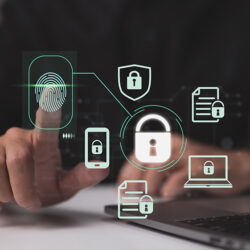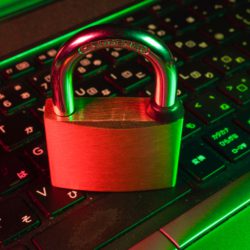In cybersecurity, authentication is crucial for guarding sensitive information against those who would use it for ill gains. Traditionally, passwords have been the primary means of authentication. However, as cyber threats become increasingly sophisticated, the limitations of password-based systems …
[Read more...] about Enhanced User Experience: Netlok’s Passwordless Authentication vs. reCAPTCHA





